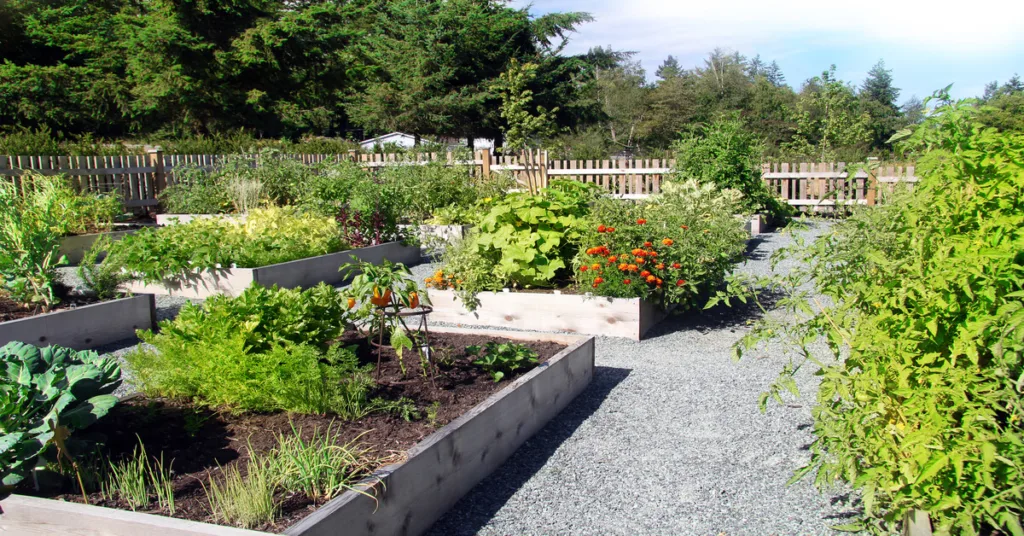You don’t need a huge garden to have a bountiful harvest from your vegetable garden. You just need to focus on planting the right veggies to maximize your garden space. Using high yield vegetables for small gardens will help increase their productivity.
Of course, getting the highest yield from your garden isn’t just about picking the right plants. Try to make sure you plan out your garden so plants with similar growing needs are next to each other. This will make it easier for you to give each plant exactly what it needs such as water and fertilizer to optimize its growth and productivity.
In this article, we will tell you all about 15 of the best high yield vegetables to plant in your small garden. We’ll also give you a brief description of why each of these plants made the list.
For comprehensive strategies to maximize your garden space, refer to The Ultimate Guide to Year-Round Backyard Vegetable Gardening in North Carolina.
Also, understanding your local climate is crucial; learn more about North Carolina’s specific growing zones in What Growing Zone is North Carolina In?.
1. Tomato
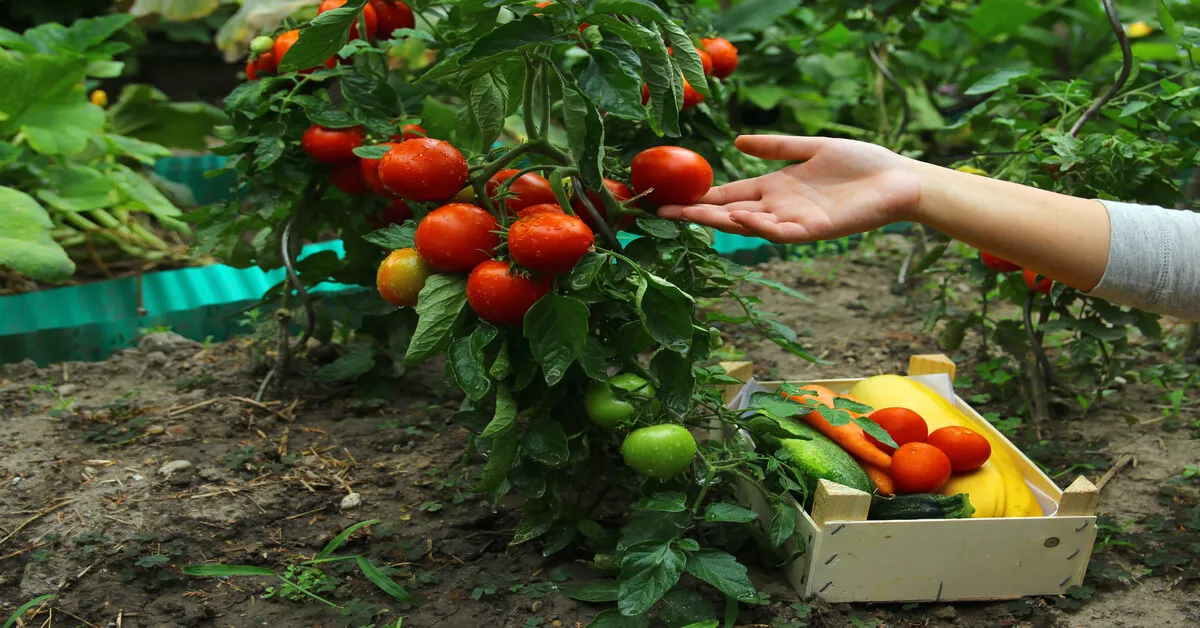
Tomato plants are one of the most productive vegetable crops by weight. A single tomato plant can produce more than 50 pounds of tomatoes in a single season. Their high yields make up for the space they require in the garden.
There are a few things to keep in mind when deciding which tomato species to plant. First, hybrid varieties tend to have higher yields than heirloom varieties.
Determinate varieties require less space than indeterminate varieties. However, they only produce tomatoes for about 1 to 2 months. Indeterminate varieties will keep producing tomatoes for several months.
To get started with high-yield tomato varieties, consider planting Heirloom Beefsteak Tomato Seeds, known for their robust flavor and productivity.
2. Radish
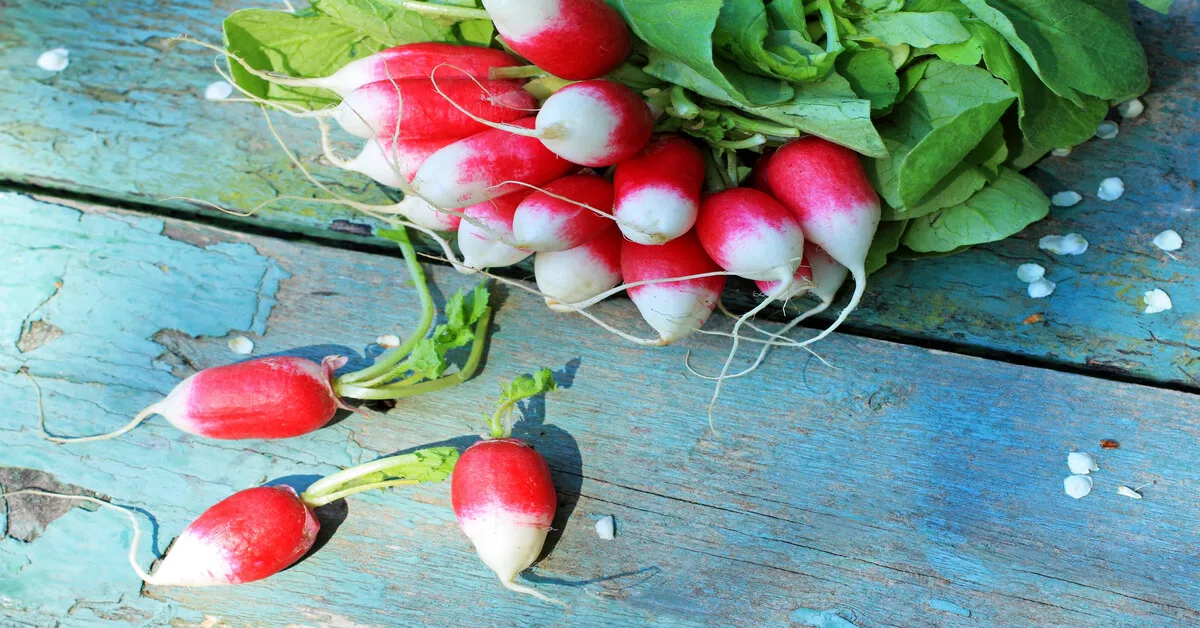
Radishes are on our list because they can be planted and harvested early in the growing season. They prefer cooler temperatures and will be ready to harvest in about 45 days. That means you can harvest your radishes and still have plenty of time to replant something else in their place.
For a quick and easy harvest, Cherry Belle Radish Seeds are an excellent choice, maturing in just about 22 days.
3. Carrot
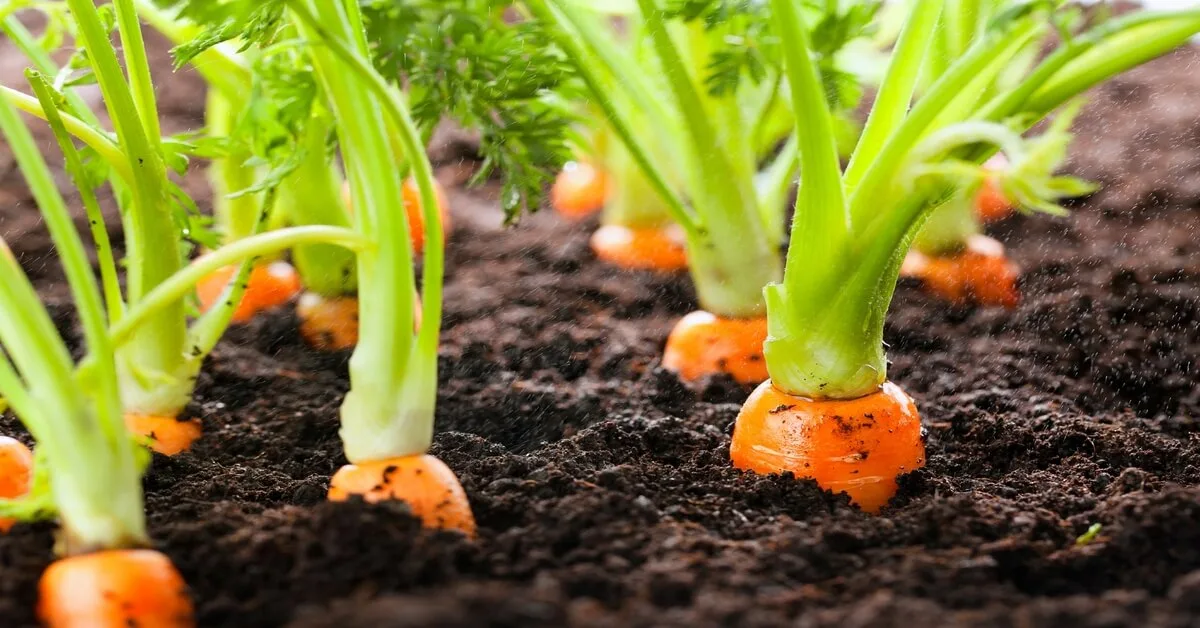
Carrots are another crop that matures quickly enough that you can replant something in its place. They take around 60 to 80 days to reach maturity. After harvesting, replant the space with more carrots or another root crop.
To get the best yield from carrots make sure you thin them out after they sprout. Keep them 2 to 3 inches apart so they have plenty of space below ground to reach their maximum size.
Planting Tendersweet Carrot Seeds will yield sweet and tender carrots, perfect for various culinary uses.
4. Cucumber
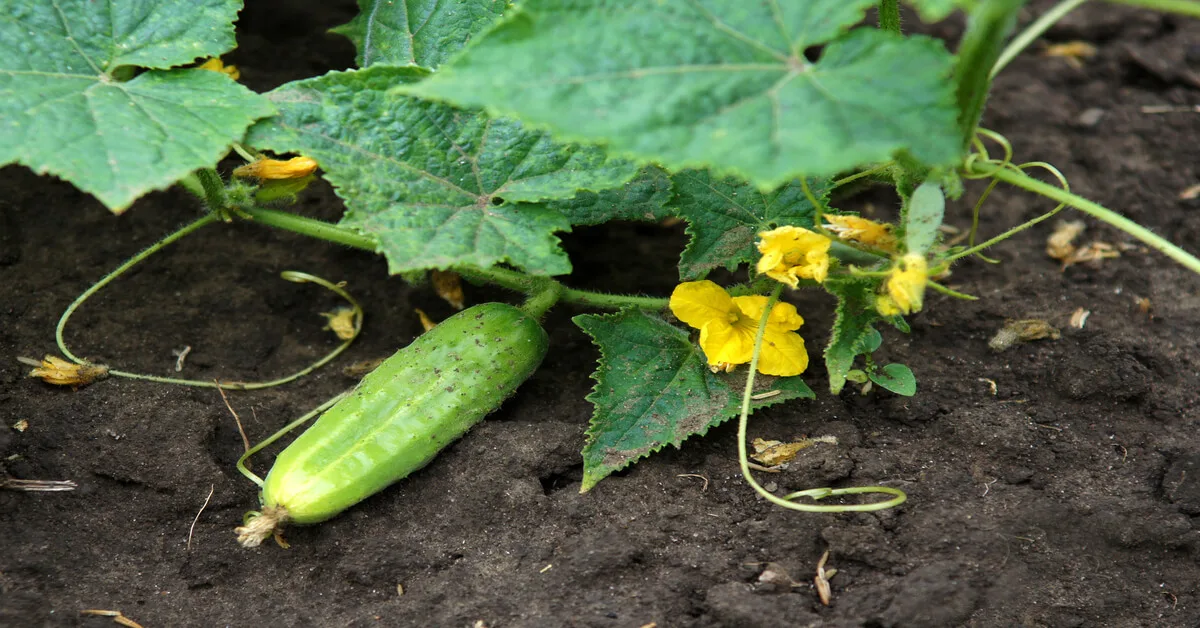
Cucumbers work well in small gardens because they can be grown on a trellis. This reduces the amount of space they take up in the garden. Under ideal conditions, a single cucumber vine can produce up to 25 pounds of cucumbers.
Cucumbers sometimes have low yields if they don’t get properly pollinated. You can avoid this issue by planting a parthenocarpic cucumber variety like ‘Sweet Success’ or ‘Excelsior’. Parthenocarpic cucumbers will produce fruit even if the flowers aren’t pollinated.
To maximize space and productivity, Straight Eight Cucumber Seeds produce uniform, straight cucumbers ideal for slicing.
5. Green Bean

There are two types of green bean varieties: pole and bush. Pole beans take up less space in the garden when grown on a trellis. They can be harvested in as little as 45 days.
Some green beans will produce pods throughout the growing season while others will produce all of the pods at once. Some people prefer to have fresh green beans they can harvest and use throughout the season.
Others like to harvest them all at once and store them for later use. There is an upside to harvesting them all at once. It frees up garden space where you can plant a second crop during the same season increasing your overall yield.
6. Lettuce
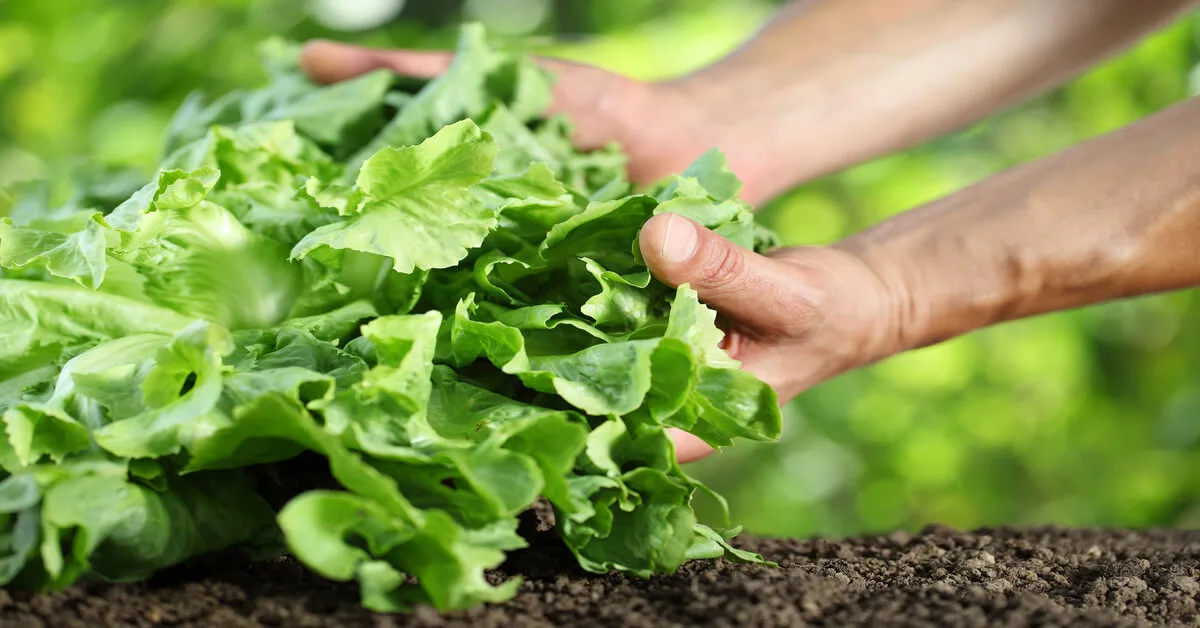
Leaf lettuce is a vegetable plant that keeps on giving. Some varieties can be harvested 30 days after you plant them!
To get the most out of your lettuce plant, only harvest the leaves that you need from the outside of the plant. The plant will continue producing new leaves from the center allowing you to get the most out of a single plant.
7. Pea
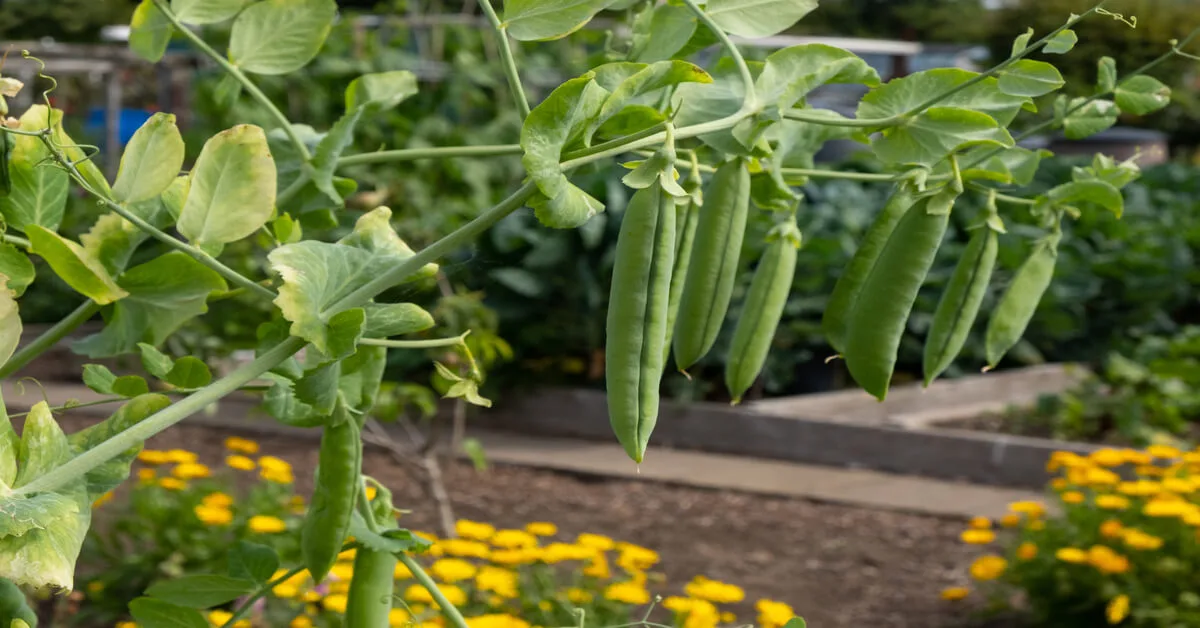
Peas are a great option to increase the amount of produce you get from your small garden. Since they grow upwards on vines you can easily plant them along the edge of the garden with a trellis without using much of your garden space.
Peas also prefer cooler temps making them a great early-season crop. Once you’ve harvested them, you can plant something else in their place for summer and fall.
8. Spinach
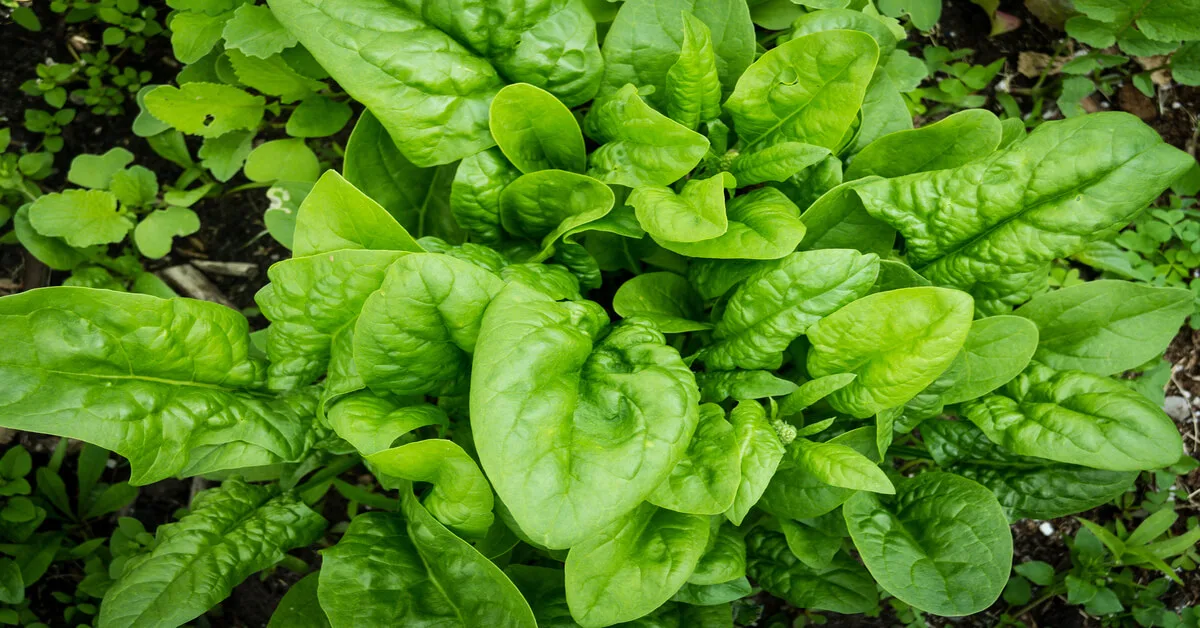
Spinach is the perfect leafy green to plant at the base of other plants growing on a trellis. It also does well around the edge of the garden. Spinach will be ready to harvest just 6 weeks after seeds are planted.
Each plant will yield around 25 leaves. However, since they are harvestable so quickly, you can plant new seeds and harvest spinach multiple times in the spring and fall.
Spinach doesn’t do as well during the summer when days are longer than 14 hours. Longer days will make spinach bolt quicker, so it’s best to grow spinach in spring and fall.
9. Bean
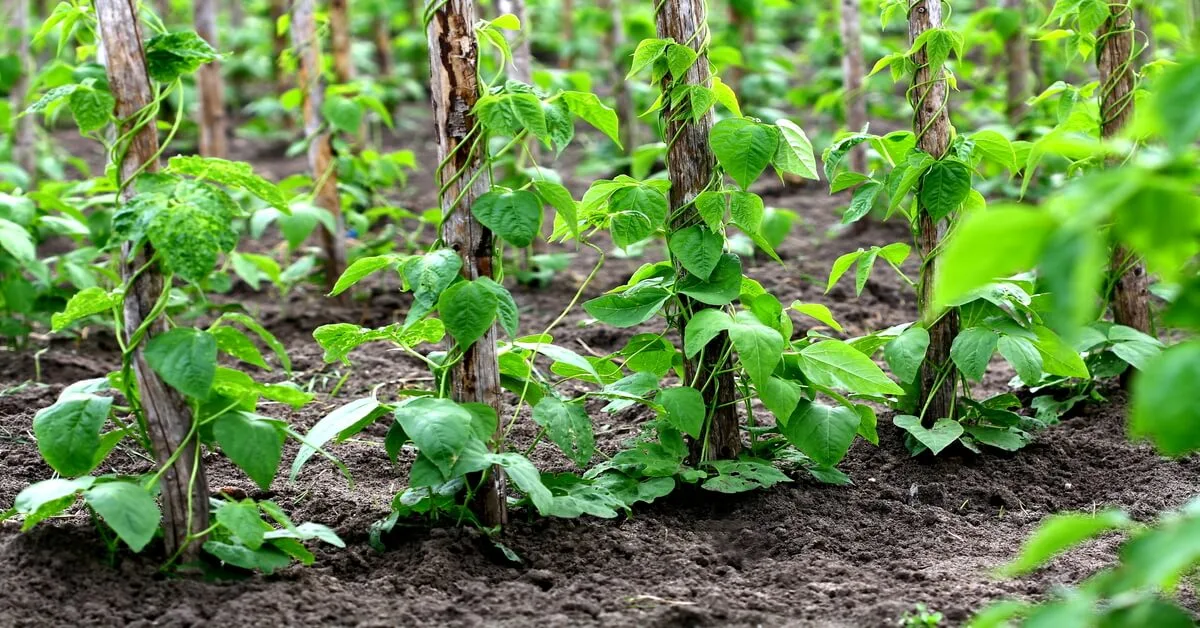
Pole beans are another trellising plant that can produce a lot in a small space. Pole beans have a much higher yield compared to bush beans.
A 10-foot row of pole beans can produce more than 8 pounds of beans in a single season. If you planted the same area with bush beans you’d only get 4.5 pounds of beans.
10. Zucchini
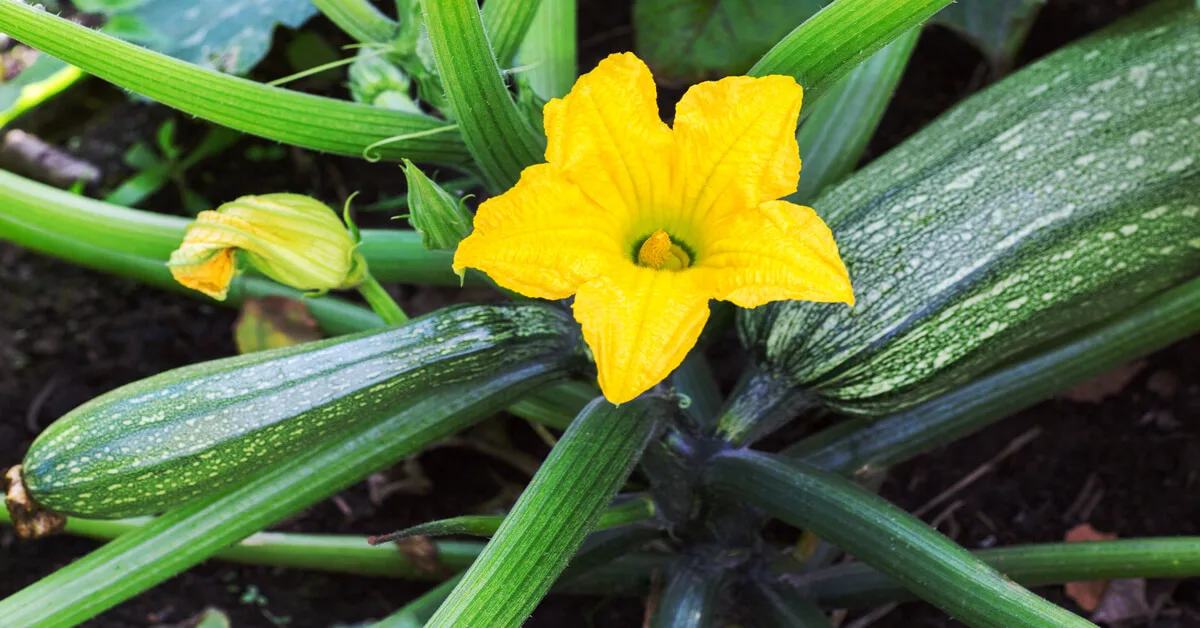
A single zucchini plant will yield 3 to 10 pounds of zucchini throughout the growing season. While some zucchini plants can spread out and take up a lot of space, compact varieties are available.
Some of the most popular compact bush varieties include ‘Black Beauty’, ‘Bush Baby’, ‘Patio Star’, and ‘Raven’. During the peak harvest period, some varieties will produce 2 to 3 zucchini fruits per week.
11. Bell Pepper
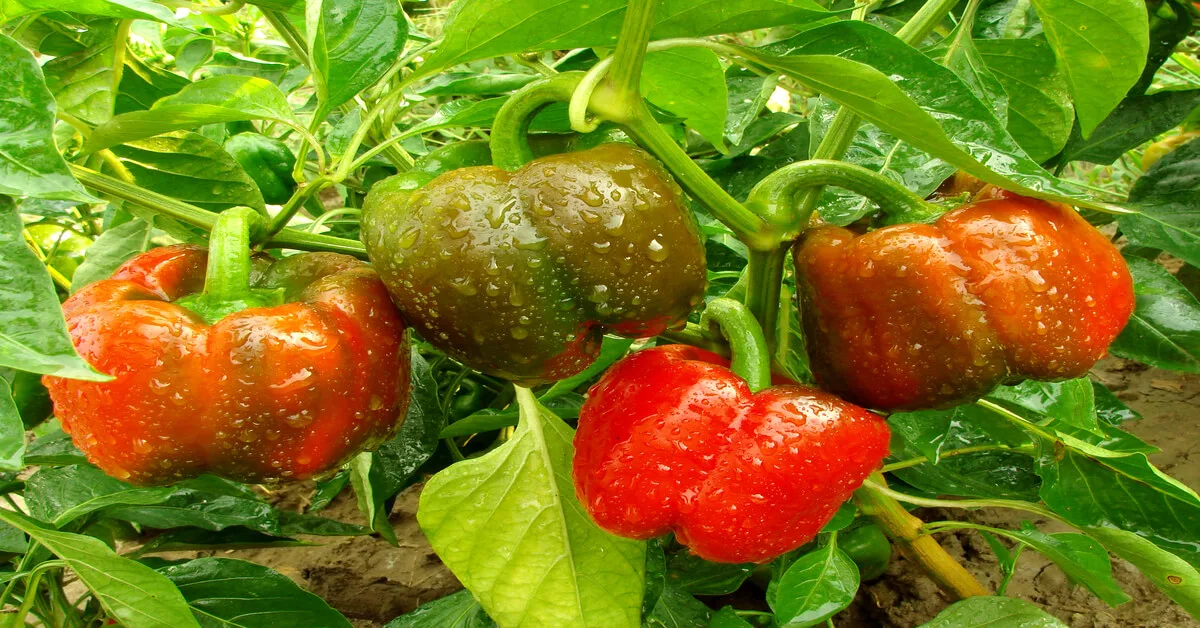
Bell pepper plants generally produce 5 to 10 large peppers per plant. However, they grow up rather than outward so they don’t take up much garden space. They also do well in containers, so you don’t necessarily have to take up ground space in your garden to grow them.
To increase yields, consider using disease-resistant varieties. ‘Islander’ and ‘Red Beauty’ are two popular disease-resistant varieties.
Considering container gardening for your vegetables? Check out Container Gardening for Vegetables: Tips for a Productive Harvest for expert advice.
12. Brussels Sprout
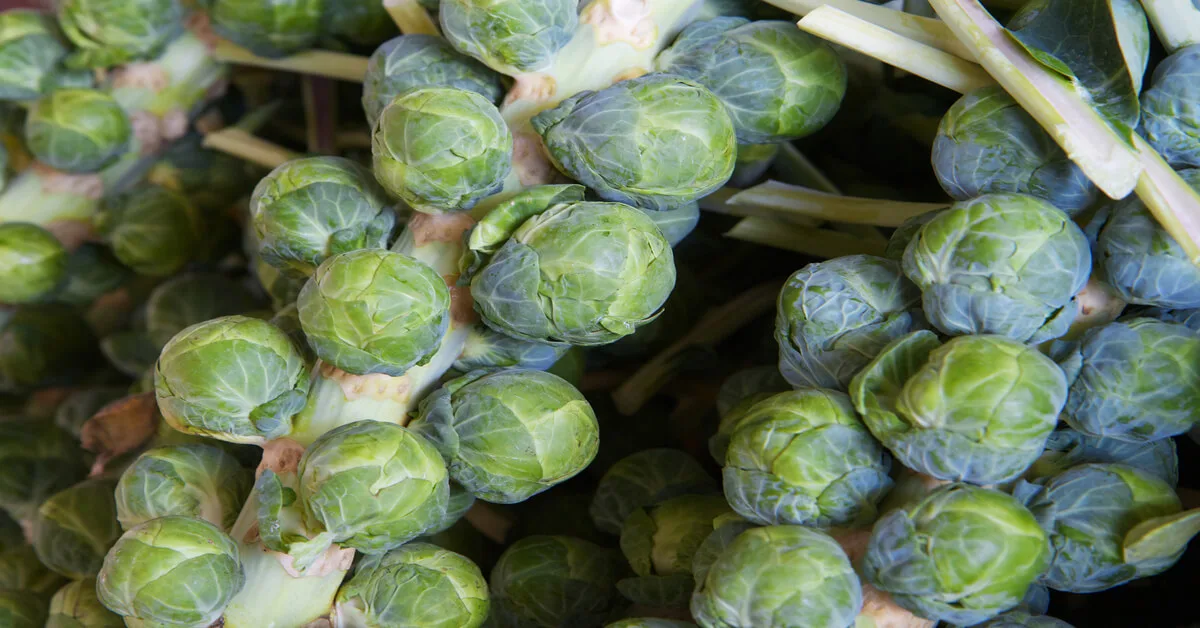
Brussel sprouts can produce up to 1 quart of sprouts or about 50 sprouts per plant. They grow upwards with the sprouts developing along the tall stalk. Therefore, they don’t take up much space in the garden.
They take about 3 months to be ready for harvest. You can encourage all of the sprouts to ripen by pinching off the top shoot of the plant when the lower sprouts begin to mature. This will stop the plant from growing upwards allowing it to focus its energy on the maturing sprouts.
13. Beets

Beets make great high yield vegetables because you can eat both the leaves and the roots! You should only harvest 1 or 2 leaves per plant while the roots are still growing. Make sure you only take the outer leaves.
After about 2 months, when the roots are ready to harvest, you can pull up the entire plant. Separate the greens from the roots and you can enjoy eating both!
Since they mature so quickly, you can either plant a second round of beet plants or plant something else instead.
14. Herbs
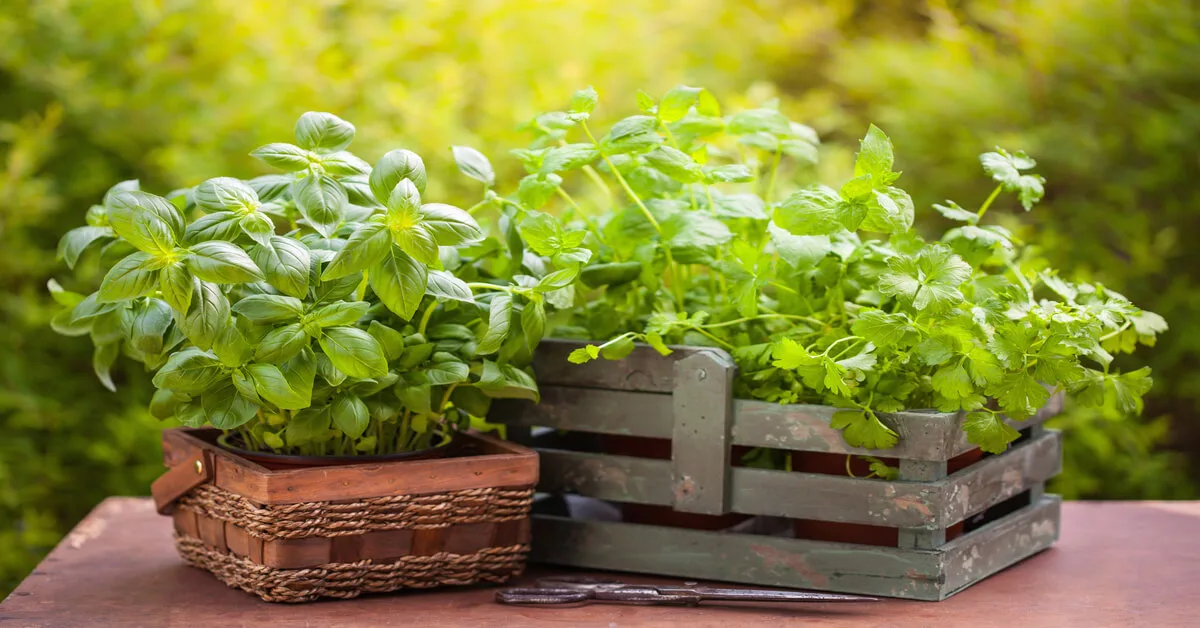
Herbs are great high yield plants to use in a small garden. They don’t require much space and can be grown underneath larger vegetable plants. Basil and parsley are two of the fast-growing herbs you can choose.
You can harvest herbs all season since they will keep producing new leaves as you only prune off what you need. Towards the end of the season, you can harvest the entire plant and dry them out. Then you’ll have dried herbs you can use until the next growing season.
For detailed information on cultivating herbs suited to North Carolina’s climate, explore Herbs for Every Home Garden: Thriving in North Carolina’s Climate.
15. Jalapeno Pepper
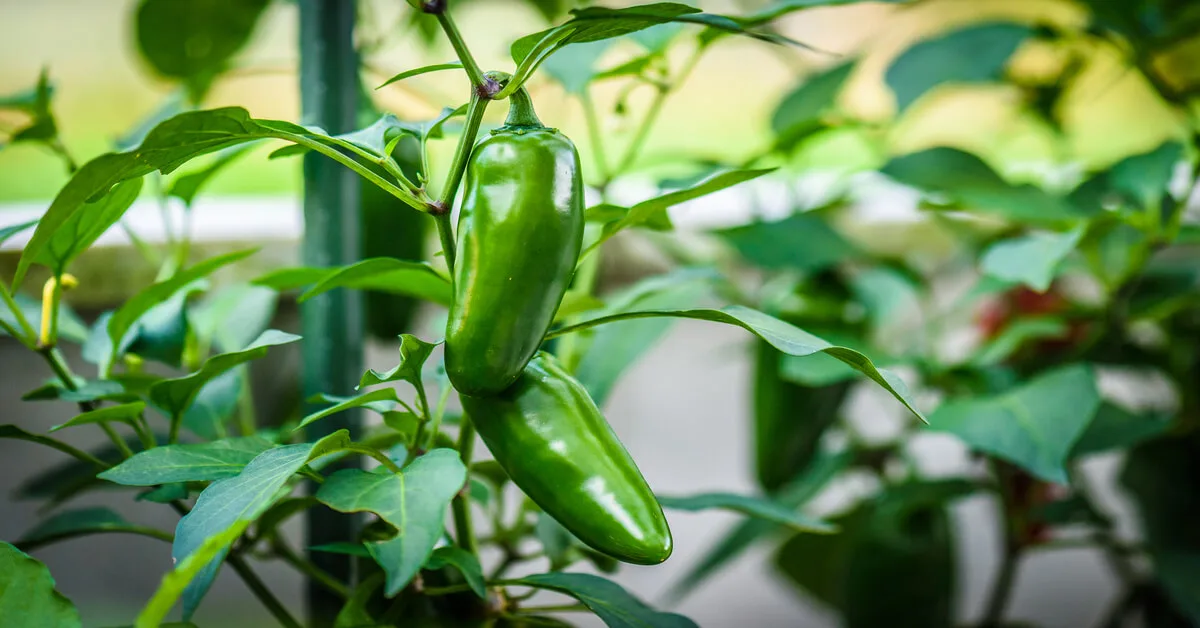
Jalapeno pepper plants, like bell peppers, don’t take up a ton of space in the garden. A single plant can produce up to 100 peppers in a single season. The yield can be impacted depending on when you harvest your peppers.
Harvest jalapeno peppers when they’re green will allow the plants to maximize their yield. If you wait until they turn red, your plant won’t produce as many peppers.
Transplants will produce jalapeno peppers much quicker than plants started from seed. Transplants are ready to harvest in about 60 days while plants started from seed can take up to 6 months to produce peppers.
For a spicy addition to your garden, Jalapeno Pepper Seeds offer high yields and are relatively easy to grow.
Our Recommended Resources
If you’re new to gardening and looking for beginner-friendly vegetables, Starting Your First Vegetable Garden in North Carolina: Best Vegetables for Beginners offers valuable insights.

